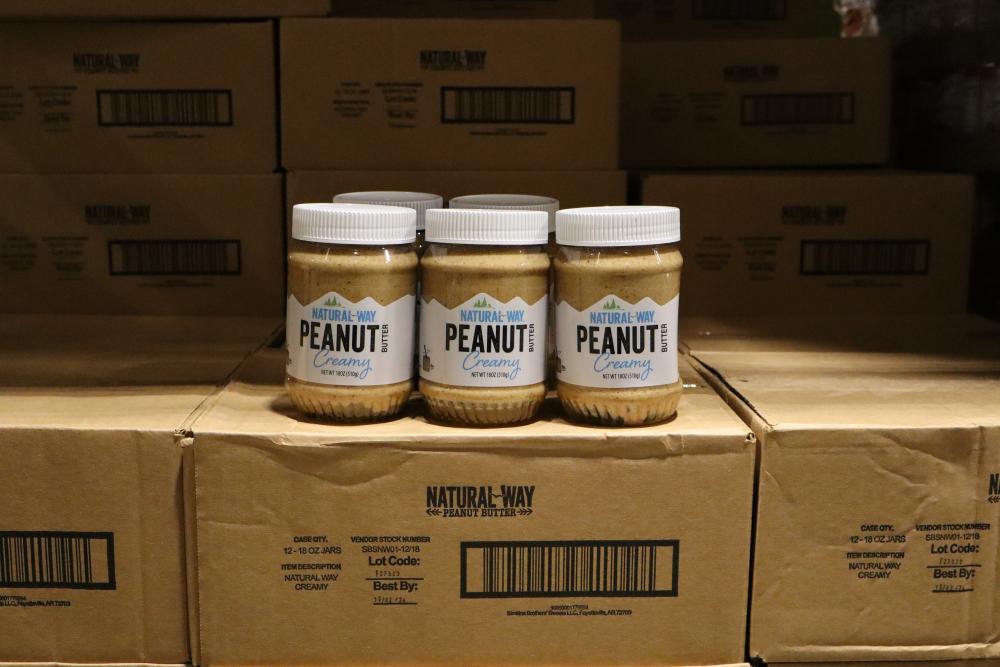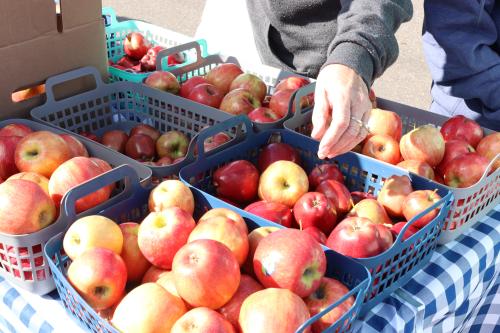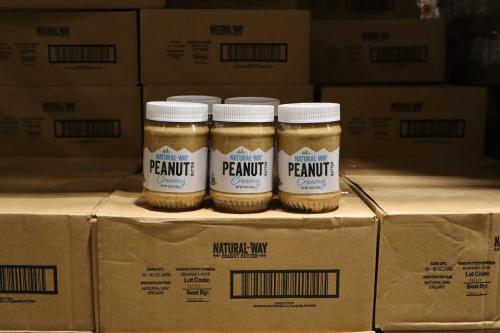
A Nutrition Q&A with Demand Planning Manager Sarah Andersen
March is National Nutrition Month, making it a great time to spotlight how our Sourcing and Demand Planning team at Second Harvest Heartland takes nutrition into account when deciding what foods to offer to partners through our food bank. Demand Planning Manager Sarah Andersen explains the system her team uses to track the nutrition content of the foods Second Harvest Heartland offers.

Demand Planning Manager Sarah Andersen
What is Second Harvest Heartland’s nutrition ranking system?
In 2019, a panel of experts convened to design the Healthy Eating Research (HER) guidelines for the charitable food system, with the hope that these guidelines would increase access to nutritious foods necessary for an active, healthy life. In a nutshell, foods are ranked “choose often,” choose sometimes,” and “choose rarely,” according to category and values of three different nutrients that are linked to health risks: saturated fat, sodium and added sugars.
In 2021, Second Harvest Heartland received a grant from the Partnership for a Healthier America to implement these new guidelines, which we did in 2022. Prior to this, the food bank had a Healthy Foods Policy, which outlined goals such as providing free milk to partners year-round, increasing the amount of fruits and vegetables we offer, and discontinuing the distribution of sodas and candy. The opportunity to implement the new HER guidelines meant that we could track the nutritional quality of the food we deliver in greater detail over time and create goals to help improve the quality of our assortment for partners.

Last year, 39.8% of the food Second Harvest Heartland distributed was produce.
What does the system look like and how is it used?
In 2022, with the help of two summer interns, we were able to rank our entire inventory catalog and develop a process for updating and ranking new items as they are added. Each item has a nutrition ranking, and partners using our ordering system can see the ranking of all items before adding them to their cart. They are also able to filter the available inventory so that they can tailor their orders to their own nutritional goals and requirements.
What are the goals for the nutrition ranking system?
Ultimately, our biggest goal is to ensure that our partners have all the relevant information and resources to make ordering decisions based on their neighbors’ needs. Sometimes that might look like ordering brown rice instead of white rice, or sometimes that might look like ordering Jasmine rice instead of brown rice, depending on what’s most culturally relevant for their neighbors. The “nutritional” value of foods is only one of many factors that partners and neighbors consider when choosing what to eat.

Peanut butter is a popular item at food shelves and Natural Way peanut butter meets the criteria for a “choose often” product.
Are there any examples of how the HER guidelines have changed how we source food?
Yes! Peanut butter is a very popular item with our partners, but due to the sugar content, most peanut butter has a “choose sometimes” nutritional ranking. Natural peanut butters made with less or no sugar have a “choose often” nutritional ranking, but often have issues with oil separation or need constant refrigeration.
In February, we discovered a new natural peanut butter that has a “choose often” nutritional rating, doesn’t have as big of an issue with oil separation, and does not need to be refrigerated. We have started sourcing this peanut butter and it’s been a big win! We’re hopeful that partners and neighbors agree.
Like the peanut butter example, we intentionally source higher nutritional-quality alternates for the foods we need to purchase, such as no salt added canned vegetables, lower sodium soups, no sugar added or 100% juice canned fruits, and whole, lean animal proteins. The unfortunate bottleneck is typically the price for these “specialized” alternatives tends to be more expensive than the regular versions.
Neighbors deserve consistent access to the nutritious foods they need to live healthy lives free from hunger. We’re grateful that the Second Harvest Heartland Sourcing and Demand Planning team works hard to make sure we are offering the healthy foods neighbors know and love.
